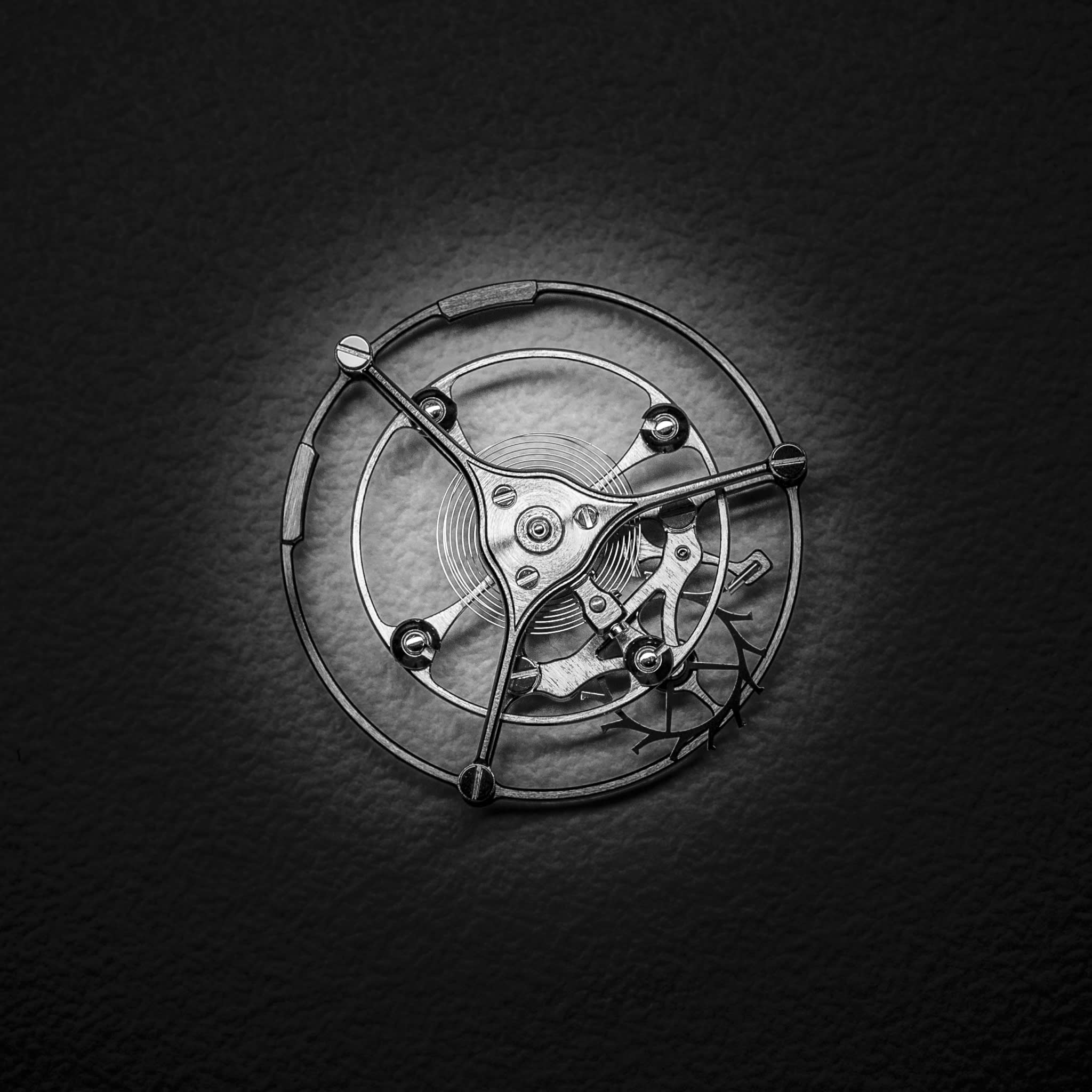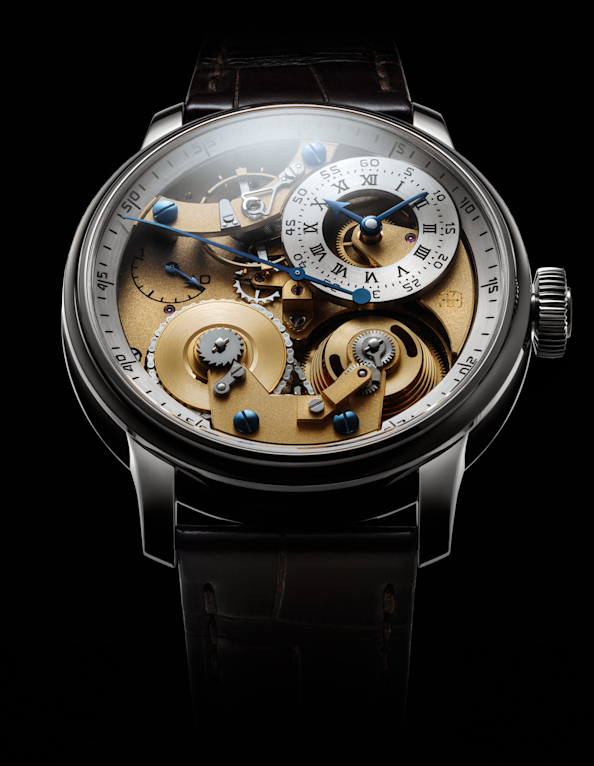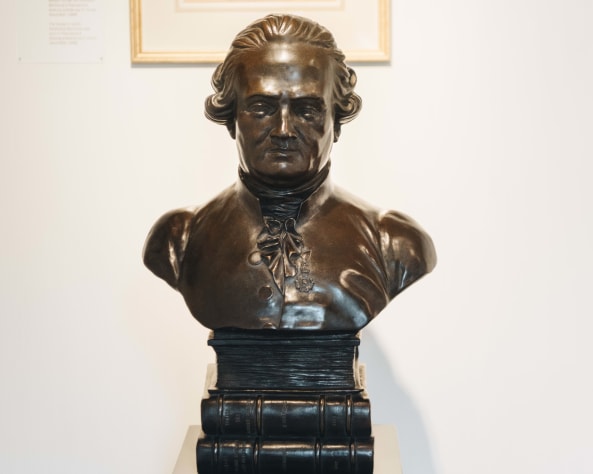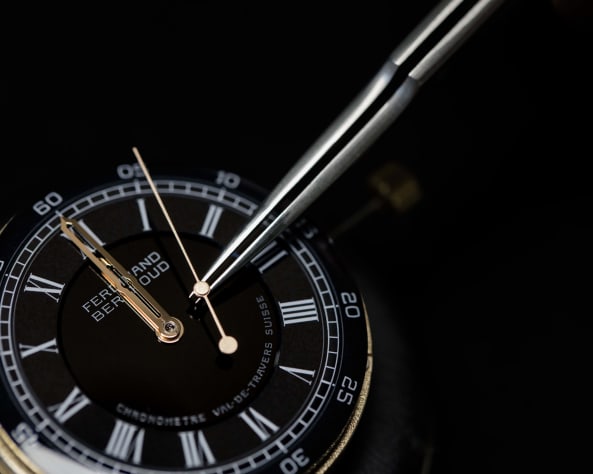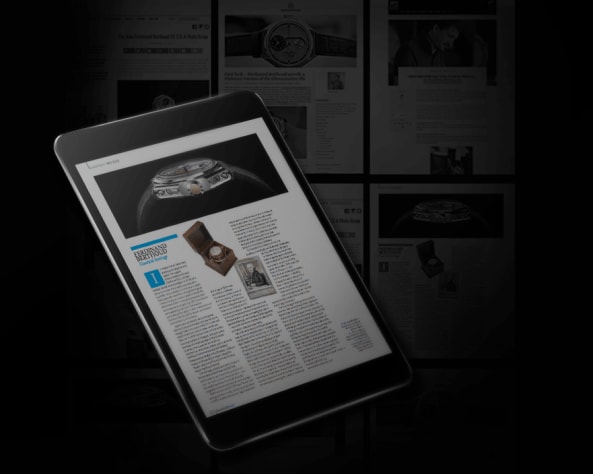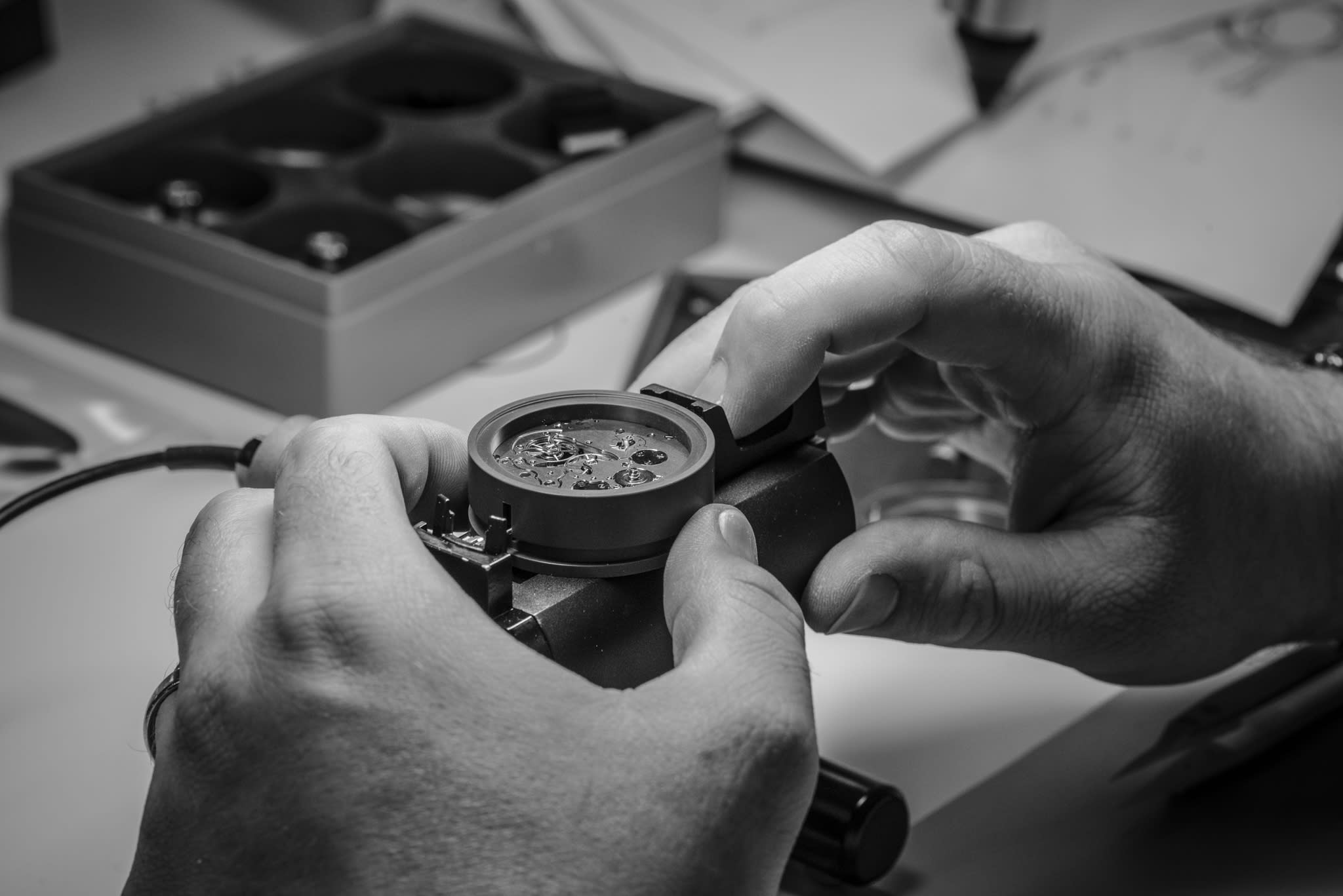
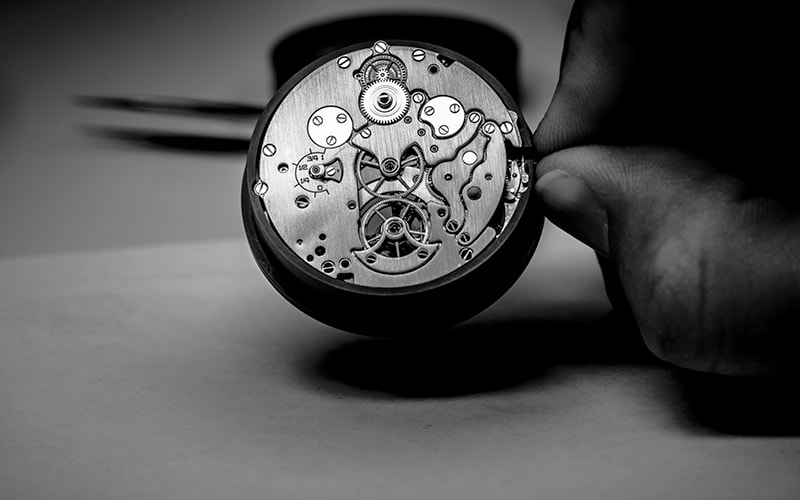


Accuracy is not so much an aim as a quest. It doesn't just happen; it's the reward of constant perseverance. In this respect, fine watchmaking is like many other art forms: perfection may not be of this world, but striving to achieve it is beautiful craftsmanship is all about.
From its earliest beginnings, Chronométrie Ferdinand Berthoud resolved not to content itself with conventional definitions of accuracy. The manufacture has extended the notion of accuracy – traditionally applied only to mechanical aspects – to the watch as a whole: from the finishes to the movement, spanning everything from design to everyday operation. This resolve has its roots in the firm’s particular history – that of the man whose name it bears: Ferdinand Berthoud (1727-1807).
In Berthoud’s capacity as watchmaker and engineer, accuracy was not only a goal: it was a very real responsibility. Ferdinand Berthoud received the title of Horologist-Mechanic by appointment to the French King and Navy on April 1, 1770. The regularity of his Sea Clocks, carried on board royal navy vessels for their exploratory voyages around the world, entailed a degree of responsibility for the ships staying on course – and thus for the safety of their crews.
The foundational development: the fusee and chain
Exactly 250 years later, Chronométrie Ferdinand Berthoud, which pays tribute to the eminent watchmaker, is pursuing the same ambition. The first step taken to ensure the Chronomètre FB 1’s movement achieved the best possible accuracy was to combine a tourbillon with a fusee and chain mechanism. The fusee and chain – a chain attached to the barrel and wound around a cone (the fusee) – is a way of providing ‘constant force’ torque regulation. As the fusee rotates, it unwinds the chain from bottom to top. Like a derailleur gear system on a bicycle, it regulates the amount of energy passed on to the escapement by the power spring such that it remains constant, providing the FB-T.FC caliber with optimum isochronism.
Outperforming prevailing standards
Each Chronométrie Ferdinand Berthoud movement is individually tested to meet COSC (Swiss Chronometer Testing Institute) criteria. What is more, the accuracy of the firm’s movements surpasses these criteria, which specify a maximum average daily rate variation of -4 to +6 seconds. For example, the FB1R.6-1 Regulator, which won a prize in the ‘Chronometry’ category at the 2019 Geneva Watchmaking Grand Prix, logged an average daily rate variation of 1.66 seconds (in 6 different positions), and rate resumption (the accuracy of the watch throughout its power reserve) amounting to just 0.35 seconds per day.
Two series of tests ensure lasting accuracy
When a Ferdinand Berthoud Chronometer leaves the manufacture in Fleurier, it has been certified not only by these external COSC tests, but also by a whole series of tailor-made in-house tests. This dual in-house and external certification guarantees that collectors’ Ferdinand Berthoud Chronometers display the very highest degree of accuracy, validated by measurements of both mechanical accuracy and reliability. A dedicated laboratory simulates wear tests on a large number of movement and surround components to check their durability is up to standard. Tests are first performed at the design stage and repeated subsequently, ensuring the same quality and accuracy for each timepiece.
Finish: exceptionally stringent criteria
The precision of the finish is commensurate with this mechanical accuracy. Each of the movement’s components is inspected in line with quality criteria that are among the most demanding in Swiss watchmaking. Traditionally, the finish of a mechanical movement is controlled by the naked eye at a distance of 30 centimetres. For especially fine-crafted products, such as those bearing the Poinçon de Genève stamp or the Fondation Qualité Fleurier label, a 4X magnifying glass is used. Ferdinand Berthoud movements, however, are inspected using a 6.7X magnifying glass, leaving no room for even the slightest blemish.
Comfort – the ultimate ally of Ferdinand Berthoud accuracy
In addition to mechanical accuracy and aesthetic precision, comfort is assured down to the tiniest details.
Ferdinand Berthoud chronometers are equipped with a dynamometric crown, enabling the movement to be smoothly, safely, and easily rewound. The crown automatically disengages when the maximum power reserve of 53 hours has been reached, thus avoiding any risk of breaking the final link in the chain connected to the fusee.
Another comfort-related detail is to be found on the strap: a deployment clasp featuring a safety system, and adjustable to the diameter of the wrist to the nearest millimetre. This system, exclusive to Ferdinand Berthoud timepieces, makes it possible to extend or shorten the clasp, ensuring it fits the curve of the wrist – accurately.
Watch the video
Next article
Episode 1 - The art of the tourbillon
